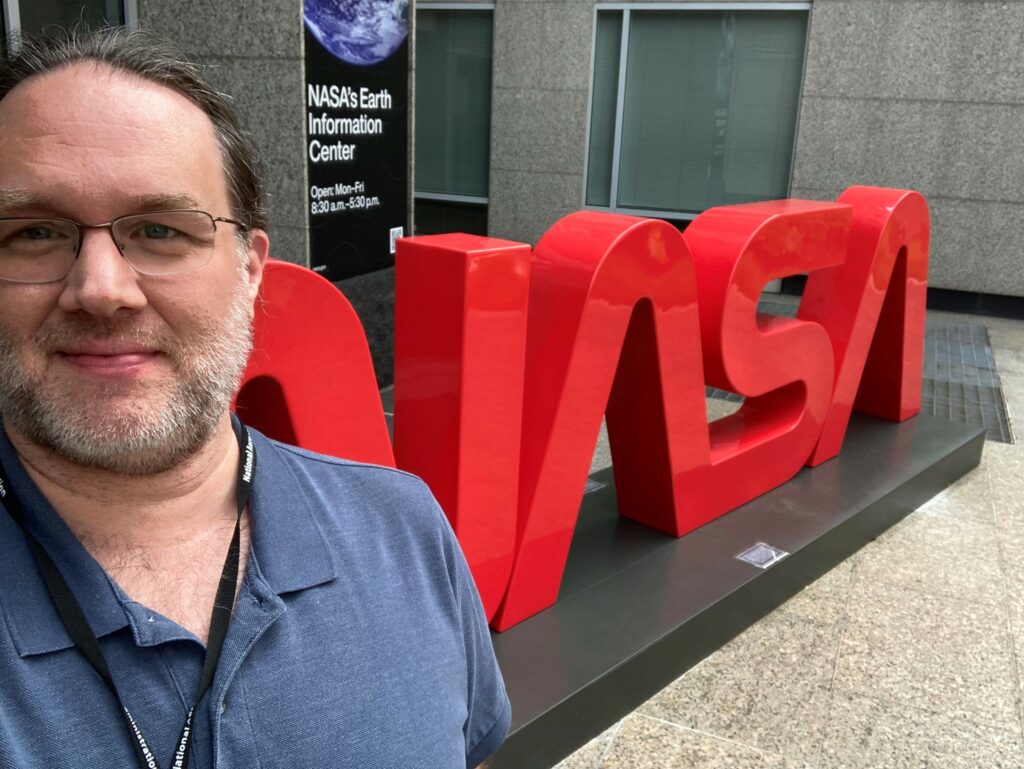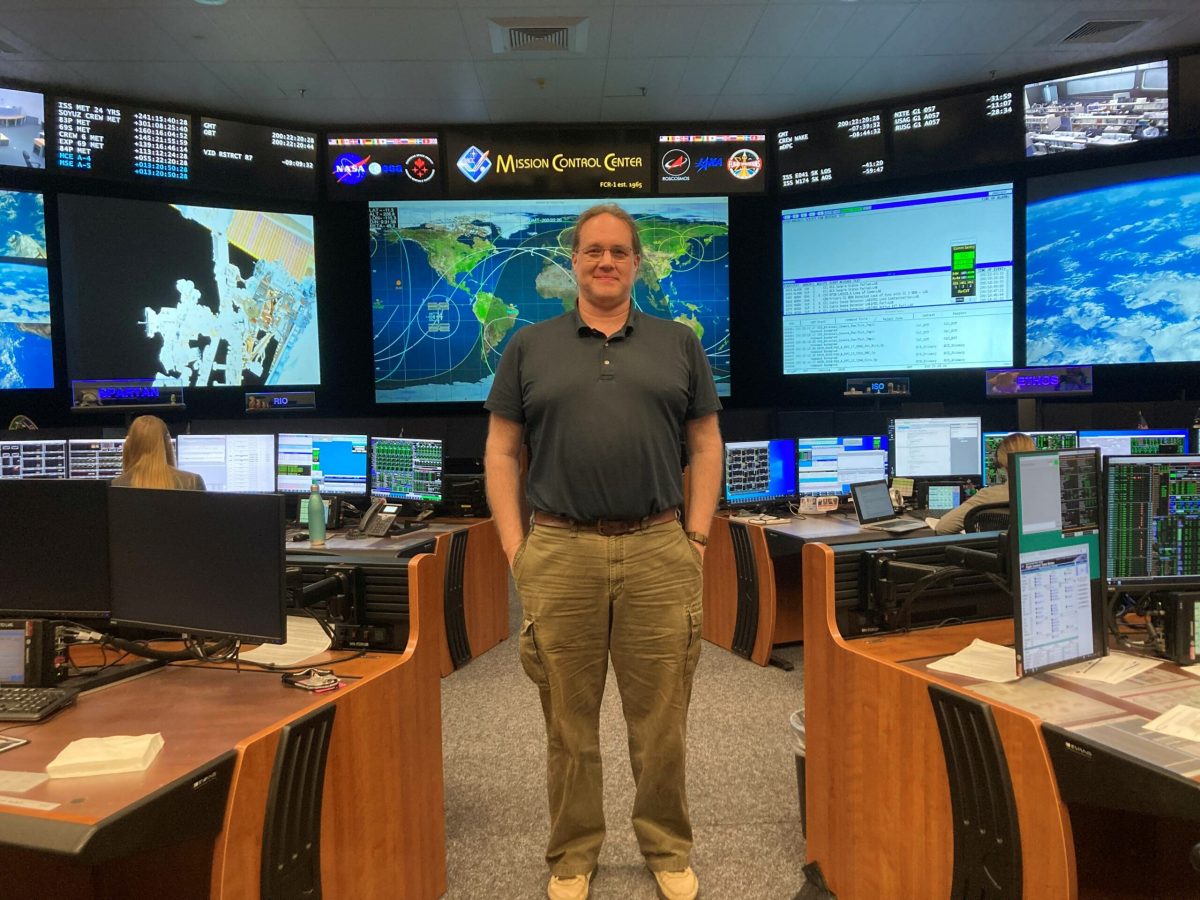Since the inaugural space shuttle launch in 1981, former intern Mike Fogg has dreamt of working at NASA. Fogg has applied for NASA opportunities since the early 2000s. As Fogg increased his expertise, he continued to apply for internships, but felt that he was at a disadvantage for not having a space-related degree.
“I’ve wanted to work for NASA almost as long as I can remember. I think my first application with NASA was in 2001 or 2002, after I’d left school the first time, for a position for which I was wildly unqualified,” Fogg said.
Fogg returned to school in 2017 to receive a degree in space studies from American Military University. With some convincing from his mentor, he applied to multiple NASA intern positions and ultimately received an internship offer for a role at NASA Headquarters in summer 2023.
“The feeling of finally accepting a position with NASA after so long was one of the greatest senses of relief and excitement I’ve ever felt. The day I received the offer letter stands as one of the most memorable of my life,” Fogg said.

Fogg refers to himself as a non-traditional student. Before receiving the internship, Fogg worked a variety of jobs, from computer systems analyst and project lead at the United States Patent & Trademark Office to technical editor for a forensic engineering firm.
“The ‘traditional’ path to NASA seems to be getting hired just after graduating college or out of the military, whereas I kind of had an entire career beforehand. It’s certainly not a traditional path to be having an internship in your late 40s,” Fogg said.
Fogg worked with NASA’s Space Technology Mission Directorate to update the TechPort website and related database. TechPort houses NASA’s active and complete technology projects. Fogg worked alongside his mentor, Jonathan Bowie.

Photo Credit: NASA
“My mentor has been immensely supportive, not just of the work I’m doing as an intern, but of my attempts to pursue a career here at NASA,” Fogg said. “I have been taught a lot about the inner workings of NASA, its infrastructure, what NASA’s goals are, and how NASA is looking to the future of space exploration.”
Fogg encourages other non-traditional students to “keep trying. As much as you want it to, success is not going to come overnight. Also, you’ve probably got a healthy dose of imposter syndrome due to attempting to change careers later in life – be aware of that and know that you’re not alone in that. It’s never too late.”
Gracie Glover/NASA Headquarters

